15 Reasons 80s & 90s Kids Had Way More Grit & Determination Than Children Today
Ah, the 80s and 90s, a time when kids roamed free and grit was as common as cassette tapes. This era, filled with landlines and leg warmers, shaped a generation that faced challenges head-on without the safety nets of modern technology.
Navigating a world without smartphones made children from this time period resourceful and resilient. This blog post dives into 15 distinct reasons why kids from this era developed a toughness that’s hard to find in today’s heavily cushioned world.
1. We got left at the mall and just had to deal with it

In the days before cell phones, getting separated from your parents in a sprawling mall was a rite of passage. Left to their own devices, kids learned to navigate the labyrinth of shops, relying on memory and intuition to find their way back. It wasn’t uncommon to see a wide-eyed child retracing steps, peering into stores, or seeking help from the occasional mall security guard.
These experiences were crucial in teaching kids how to handle unexpected situations. The sense of accomplishment upon reuniting with family was immense, a testament to developing problem-solving skills and fostering independence. It was this autonomy that built grit in the youth of the time, one mall misadventure at a time.
2. Our bikes were our freedom—and our problem if we crashed
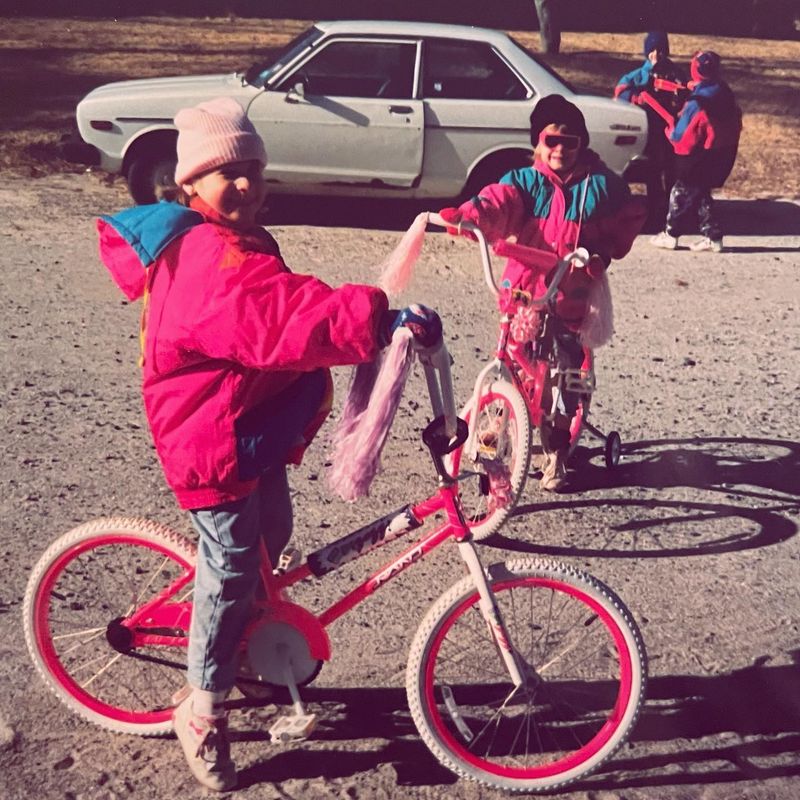
For kids in the 80s and 90s, bicycles were not just a mode of transportation but a symbol of freedom. Without helmets or protective gear in sight, they would race down streets, explore neighborhoods, and occasionally take a tumble.
These spills taught resilience. Getting back on the bike after a crash was more than just a physical act; it was a mental exercise in courage and determination. Parents encouraged this independence, trusting that a few bruises were worth the lessons in perseverance and self-reliance.
Biking adventures became a staple of childhood, offering stories of bravery and mishaps that would be recounted for years, each scar a badge of honor.
3. We had to memorize phone numbers and directions

Before the age of smartphones, kids were their own walking directories. Memorizing phone numbers and directions was essential, especially when plans changed on the fly. Whether it was calling a friend or finding a way home, having this information at the ready was crucial.
The art of memorization bolstered mental acuity and fostered a strong sense of responsibility. It was commonplace for children to carry small address books, scribbled with contacts and maps drawn by hand.
This practice not only enhanced memory but also cultivated a sense of reliability and preparedness. It equipped kids with the tools to navigate their world independently, a testament to the grit that defined this era.
4. Calling someone meant risking talking to their parents first

Back when phone calls were the primary mode of communication, reaching out to a friend often meant facing an unexpected gatekeeper: their parents. The anxiety of a potential awkward conversation was palpable, teaching kids how to converse politely and with confidence.
This practice honed social skills and taught the importance of respect and etiquette. Each call was a mini lesson in diplomacy, requiring composure and quick thinking.
Navigating these interactions with adults helped build character and interpersonal skills, vital traits for personal and professional success. Those moments of apprehension turned into valuable learning experiences, shaping a generation adept at face-to-face communication.
5. If we forgot our homework, it stayed forgotten

Forgetting homework was a lesson in consequences. Without the internet to email assignments or digital platforms to upload work, a forgotten task remained undone. Teachers didn’t offer extensions; instead, they taught accountability.
This environment instilled a sense of responsibility and time management in kids. They learned to prioritize tasks and developed organizational skills, understanding that actions had tangible repercussions.
Such experiences were instrumental in building character, teaching students to be diligent and thorough. The lack of second chances in these situations reinforced the importance of preparation and foresight, qualities that contributed to the resilience of kids from this era.
6. Getting lost was normal—and part of the plan

In an age without GPS, getting lost was an adventure, not a problem. Kids would set out with the vaguest of directions, armed with curiosity and a paper map, if they were lucky.
Finding the way required using landmarks, asking for directions, and working together, fostering skills in navigation and teamwork. These impromptu detours became stories of exploration and discovery.
Being lost taught adaptability and resilience, instilling confidence to face the unknown. It was a valuable lesson that mistakes and missteps could lead to unexpected discoveries, a metaphor for life’s unpredictable journey.
7. Playdates weren’t scheduled; we just showed up
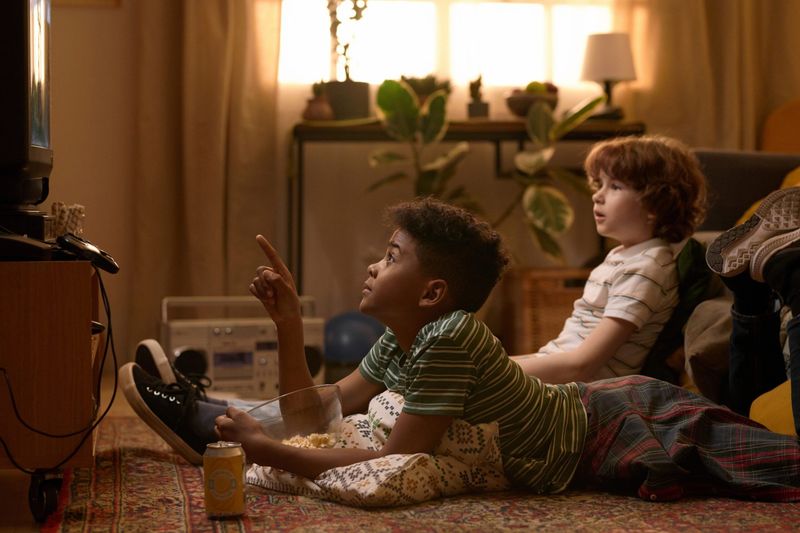
In the 80s and 90s, spontaneity ruled childhood. Friends would simply show up at each other’s houses, hoping for a playmate. The unscheduled nature of these visits taught kids to be flexible and adaptable.
This approach fostered an environment of creativity and initiative. Without planned activities, children invented games, improvised toys, and engaged in imaginative play.
These impromptu gatherings reinforced social skills and the ability to entertain oneself and others. The absence of structured playdates allowed friendships to form organically, teaching valuable lessons in communication and collaboration.
8. No Google—just encyclopedias, guessing, or asking someone older

In the pre-internet age, answers weren’t a click away. Kids turned to encyclopedias, library visits, or family elders for information. This quest for knowledge taught patience and diligence.
Research was a hands-on experience, involving flipping through pages and connecting with people. Each new discovery felt earned, fostering a deep appreciation for learning.
This method of information gathering sharpened critical thinking and problem-solving skills. It encouraged curiosity and a persistent quest for understanding, qualities that defined the resilient spirit of the 80s and 90s generation.
9. We survived schoolyard drama without group texts

Schoolyard drama was resolved face-to-face, not behind screens. Without group texts or social media, misunderstandings were addressed directly, fostering transparency and honesty.
Kids learned to read body language, interpret tone, and develop empathy through these interactions. This ability to handle conflict in person was invaluable in building emotional intelligence.
Such experiences prepared children for real-world challenges, teaching them to navigate social dynamics and build lasting relationships. The absence of digital communication shaped a generation known for its straightforwardness and resilience.
10. Failure wasn’t softened—it was expected and survived
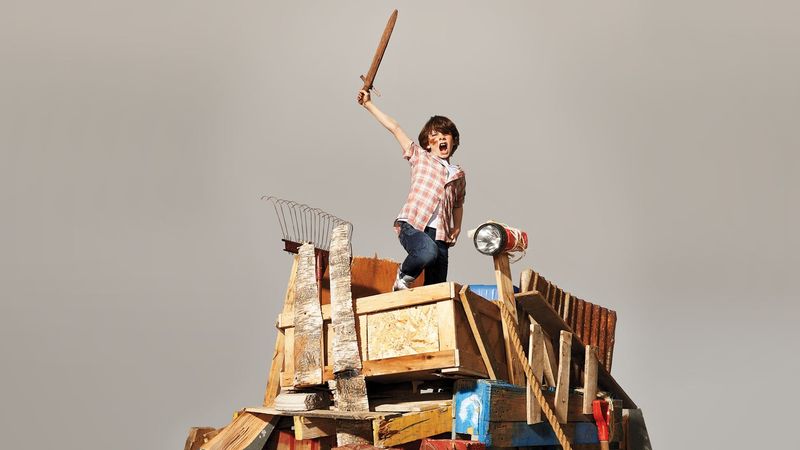
Failure was an expected part of life. Whether it was a failed science project or a missed goal in sports, kids faced setbacks head-on. There were no participation trophies to cushion the blow.
This environment encouraged perseverance and grit. Children learned to analyze their mistakes, adjust their strategies, and try again. Each failure was a stepping stone to success, building resilience and determination.
These experiences taught kids that success wasn’t guaranteed but earned through hard work and persistence. It instilled a growth mindset, a key factor in the enduring toughness of the era’s youth.
11. We weren’t padded from boredom—we had to get creative

Boredom was the catalyst for creativity. Without endless digital entertainment, kids had to invent ways to occupy their time. Whether it was building a fort or starting a band in the garage, imagination ruled.
This need for creative solutions fostered resourcefulness and innovation. Children learned to entertain themselves and find joy in simple pleasures.
These imaginative pursuits honed problem-solving skills and adaptability, traits that have served them well into adulthood. The ability to transform boredom into opportunity is a hallmark of the resilient 80s and 90s generation.
12. Adults didn’t sugarcoat things

Adults of the 80s and 90s were known for their straightforwardness. Kids were exposed to honest conversations about life’s challenges, without sugarcoating.
This transparency helped build maturity and understanding. Children developed thick skin and learned to handle criticism and tough love.
Being treated as young adults prepared them for real-world situations, fostering resilience and confidence. This pragmatic approach to parenting contributed to the grounded nature of the era’s youth.
13. You didn’t get a trophy for showing up—you earned it
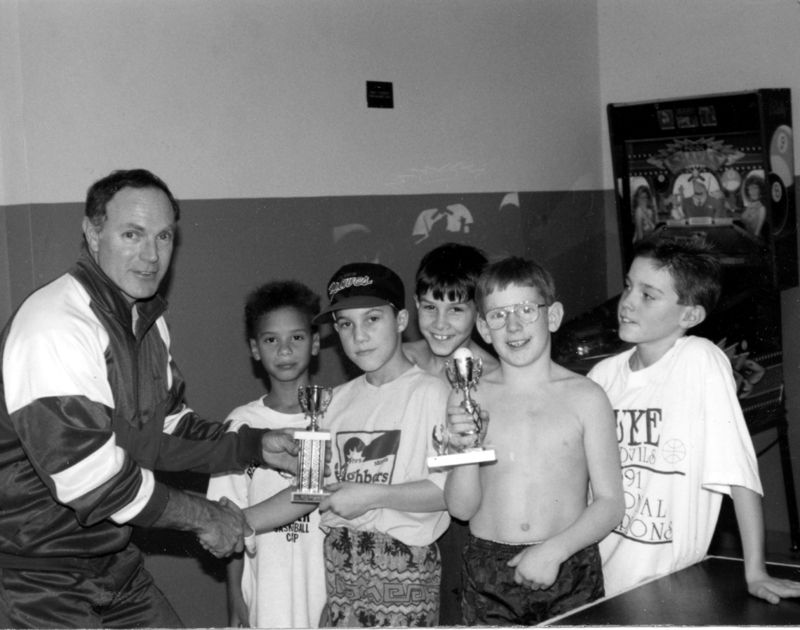
Trophies and accolades were reserved for those who truly excelled. Participation alone didn’t merit a reward. This culture of meritocracy instilled a strong work ethic in kids.
Achieving recognition required dedication, discipline, and effort. Children learned the value of striving for excellence and the satisfaction of earning their achievements.
This mindset reinforced the importance of effort over entitlement, shaping a generation that valued hard work and perseverance. The sense of accomplishment from genuine success is a lasting legacy of the 80s and 90s.
14. TV taught us life lessons wrapped in sitcoms, not lectures

Sitcoms of the era offered valuable life lessons wrapped in humor. Shows like “Full House” and “The Fresh Prince of Bel-Air” tackled real issues with a light-hearted touch.
These stories resonated with kids, teaching empathy, kindness, and resilience. Characters served as role models, demonstrating how to handle various life situations.
This form of storytelling provided guidance subtly, without feeling like a lecture. It was entertainment with purpose, shaping values and ethics in the youth of the time.
15. We built our confidence through trial, error, and way too much independence
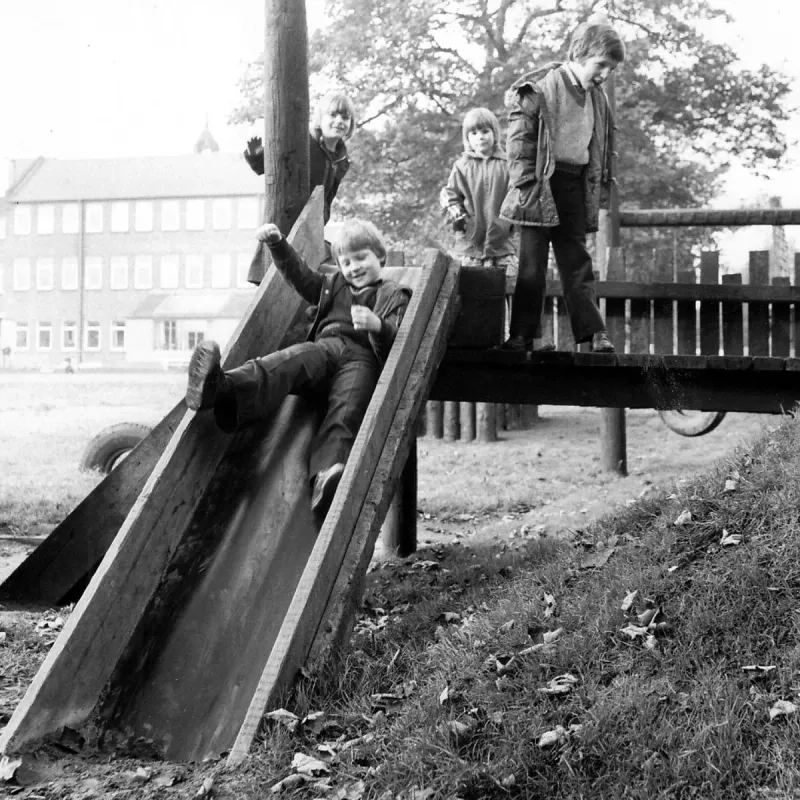
Independence was a given, not a choice. Kids of the 80s and 90s were encouraged to try, fail, and try again. Whether it was fixing a bike or cooking a meal, they learned by doing.
This hands-on approach built confidence and self-reliance. Each success, born from trial and error, reinforced their abilities and self-esteem.
This autonomy fostered a belief in their capacity to overcome challenges, a defining trait of their generation. The confidence gained from these experiences has been a cornerstone of their enduring grit and determination.







